Towards Laterally Resolved Ferromagnetic Resonance with Spin-Polarized Scanning Tunneling Microscopy
Abstract
:1. Introduction
2. Materials and Methods
2.1. Principle of FMR-STM
2.2. Preparation and Characterization of Magnetic Vortices
2.3. Details of the Experimental Detection of FMR Signals
3. Results
3.1. Modeling of Vortex Excitation
3.2. Experimental Results
4. Discussion
Author Contributions
Funding
Conflicts of Interest
References
- Wiesendanger, R. Spin mapping at the nanoscale and atomic scale. Rev. Mod. Phys. 2009, 81, 1495–1550. [Google Scholar] [CrossRef]
- Wulfhekel, W.; Kirschner, J. Spin-Polarized Scanning Tunneling Microscopy of Magnetic Structures and Antiferromagnetic Thin Films. Annu. Rev. Mater. Res. 2007, 37, 69–91. [Google Scholar] [CrossRef] [Green Version]
- Nunes, G., Jr.; Freeman, M.R. Picosecond Resolution in Scanning Tunneling Microscopy. Science 1993, 262, 1029–1032. [Google Scholar] [CrossRef]
- Yoshida, S.; Aizawa, Y.; Wang, Z.; Oshima, R.; Mera, Y.; Matsuyama, E.; Oigawa, H.; Takeuchi, O.; Shigekawa, H. Probing ultrafast spin dynamics with optical pump–probe scanning tunneling microscopy. Nat. Nanotechnol. 2014, 9, 588–593. [Google Scholar] [CrossRef]
- Loth, S.; Etzkorn, M.; Lutz, C.P.; Eigler, D.M.; Heinrich, A.J. Measurement of Fast Electron Spin Relaxation Times with Atomic Resolution. Science 2010, 329, 1628–1630. [Google Scholar] [CrossRef] [PubMed] [Green Version]
- Moult, I.; Herve, M.; Pennec, Y. Ultrafast spectroscopy with a scanning tunneling microscope. Appl. Phys. Lett. 2011, 98, 233103. [Google Scholar] [CrossRef]
- Saunus, C.; Bindel, J.R.; Pratzer, M.; Morgenstern, M. Versatile scanning tunneling microscopy with 120 ps time resolution. Appl. Phys. Lett. 2013, 102, 051601. [Google Scholar] [CrossRef] [Green Version]
- Manassen, Y.; Hamers, R.J.; Demuth, J.E.; Castellano, A.J., Jr. Direct observation of the precession of individual paramagnetic spins on oxidized silicon surfaces. Phys. Rev. Lett. 1989, 62, 2531–2534. [Google Scholar] [CrossRef]
- Manassen, Y.; Ter-Ovanesyan, E.; Shachal, D.; Richter, S.; Manassen, Y.; Ter-Ovanesyan, E.; Shachal, D.; Richter, S. Electron spin resonance—Scanning tunneling microscopy experiments on thermally oxidized Si(111). Phys. Rev. B 1993, 48, 4887–4890. [Google Scholar] [CrossRef]
- Balatsky, A.V.; Manassen, Y.; Salem, R. ESR-STM of a single precessing spin: Detection of exchange-based spin noise. Phys. Rev. B 2002, 19, 195416. [Google Scholar] [CrossRef]
- Messina, P.; Mannini, M.; Caneschi, A.; Gatteschi, D.; Sorace, L.; Sigalotti, P.; Sandrin, C.; Prato, S.; Pittana, P.; Manassen, Y. Spin noise fluctuations from paramagnetic molecular adsorbates on surfaces. J. Appl. Phys. 2006, 101, 053916. [Google Scholar] [CrossRef]
- Baumann, S.; Paul, W.; Choi, T.; Lutz, C.P.; Ardavan, A.; Heinrich, A.J. Electron paramagnetic resonance of individual atoms on a surface. Science 2015, 350, 417–420. [Google Scholar] [CrossRef] [PubMed]
- Müllegger, S.; Tebi, S.; Das, A.K.; Schöfberger, W.; Faschinger, F.; Koch, R. Radio Frequency Scanning Tunneling Spectroscopy for Single-Molecule Spin Resonance. Phys. Rev. Lett. 2014, 113, 133001. [Google Scholar] [CrossRef] [PubMed]
- Tulapurkar, A.A.; Suzuki, Y.; Fukushima, A.; Kubota, H.; Maehara, H.; Tsunekawa, K.; Djayaprawira, D.D.; Watanabe, N.; Yuasa, S. Spin-torque diode effect in magnetic tunnel junctions. Nature 2005, 438, 339–342. [Google Scholar] [CrossRef] [PubMed]
- Usov, N.A.; Kurkina, L.G. Magnetodynamics of vortex in thin cylindrical platelet. J. Magn. Magn. Mater. 2002, 242–245, 1005–1008. [Google Scholar] [CrossRef]
- Guslienko, K.; Ivanov, B.A.; Novosad, V.; Otani, Y.; Shima, H.; Fukamichi, K. Eigenfrequencies of vortex state excitations in magnetic submicron-size disks. J. Appl. Phys. 2002, 91, 8037–8039. [Google Scholar] [CrossRef]
- Julliere, M. Tunneling between ferromagnetic films. Phys. Lett. A 1975, 54, 225–226. [Google Scholar] [CrossRef]
- Slonczewski, J.C. Conductance and exchange coupling of two ferromagnets separated by a tunneling barrier. Phys. Rev. B 1989, 39, 6995–7002. [Google Scholar] [CrossRef]
- Miyazaki, T.; Tezuka, N. Giant magnetic tunneling effect in Fe/Al2O3/Fe junction. J. Magn. Magn. Mater. 1995, 139, L231–L234. [Google Scholar] [CrossRef]
- Yamasaki, A.; Wulfhekel, W.; Hertel, R.; Suga, S.; Kirschner, J. Direct Observation of the Single-Domain Limit of Fe Nanomagnets by Spin-Polarized Scanning Tunneling Spectroscopy. Phys. Rev. Lett. 2003, 91, 127201. [Google Scholar] [CrossRef]
- Yamasaki, A.; Wulfhekel, W.; Hertel, R.; Suga, S.; Kirschner, J. Spin-polarized scanning tunneling spectroscopy study of Fe nanomagnets on W(001). J. Appl. Phys. 2004, 95, 7025–7027. [Google Scholar] [CrossRef]
- Wachowiak, A.; Wiebe, J.; Bode, M.; Pietzsch, O.; Morgenstern, M.; Wiesendanger, R. Direct observation of internal spin structure of magnetic vortex cores. Science 2002, 298, 577–580. [Google Scholar] [CrossRef] [PubMed]
- Shinjo, T.; Okuno, T.; Hassdorf, R.; Shigeto, K.; Ono, T. Magnetic Vortex Core Observation in Circular Dots of Permalloy. Science 2000, 289, 930–932. [Google Scholar] [CrossRef] [PubMed] [Green Version]
- Feldtkeller, E.; Thomas, H. Struktur und Energie von Blochlinien in dünnen ferromagnetischen Schichten. Phys. Kondens. Mater. 1965, 4, 8–14. [Google Scholar] [CrossRef]
- Hervé, M.; Peter, M.; Wulfhekel, W. High frequency transmission to a junction of a scanning tunneling microscope. Appl. Phys. Lett. 2015, 107, 093101. [Google Scholar] [CrossRef]
- Lee, J.; Tu, X.; Ho, W. Spectroscopy and Microscopy of Spin-Sensitive Rectification Current Induced by Microwave Radiation. Nano Lett. 2005, 5, 2613. [Google Scholar] [CrossRef] [PubMed]
- Paul, W.; Baumann, S.; Lutz, C.P.; Heinrich, A.J. Generation of constant-amplitude radio- frequency sweeps at a tunnel junction for spin resonance STM. Rev. Sci. Instrum. 2016, 87, 074703. [Google Scholar] [CrossRef]
- Natterer, F.D.; Patthey, F.; Bilgeri, T.; Forrester, P.R.; Weiss, N.; Brune, H. Upgrade of a low-temperature scanning tunneling microscope for electron-spin resonance. Rev. Sci. Instrum. 2019, 90, 013706. [Google Scholar] [CrossRef] [PubMed] [Green Version]
- Available online: http://nmag.soton.ac.uk (accessed on 28 May 2019).
- Hanneken, C.; Otte, F.; Kubetzka, A.; Dupé, D.; Romming, N.; von Bergmann, K.; Wiesendanger, R.; Heinze, S. Electrical detection of magnetic skyrmions by tunneling non-collinear magnetoresistance. Nat. Nano 2015, 10, 1039–1043. [Google Scholar] [CrossRef]
- Heinze, S.; von Bergmann, K.; Menzel, M.; Brede, J.; Kubetzka, A.; Wiesendanger, R.; Bihlmayer, G.; Blügel, S. Spontaneous atomic-scale magnetic skyrmion lattice in two dimensions. Nat. Phys. 2011, 7, 713–718. [Google Scholar] [CrossRef]
- Dupé, B.; Bihlmayer, G.; Böttcher, M.; Blügel, S.; Heinze, S. Engineering skyrmions in transition-metal multilayers for spintronics. Nat. Commun. 2016, 7, 11779. [Google Scholar] [CrossRef] [PubMed] [Green Version]
- Hervé, M.; Dupé, B.; Lopes, R.; Böttcher, M.; Martins, M.D.; Balashov, T.; Gerhard, L.; Sinova, J.; Wulfhekel, W. Stabilizing spin spirals and isolated skyrmions at low magnetic field exploiting vanishing magnetic anisotropy. Nat. Commun. 2018, 9, 1015. [Google Scholar]
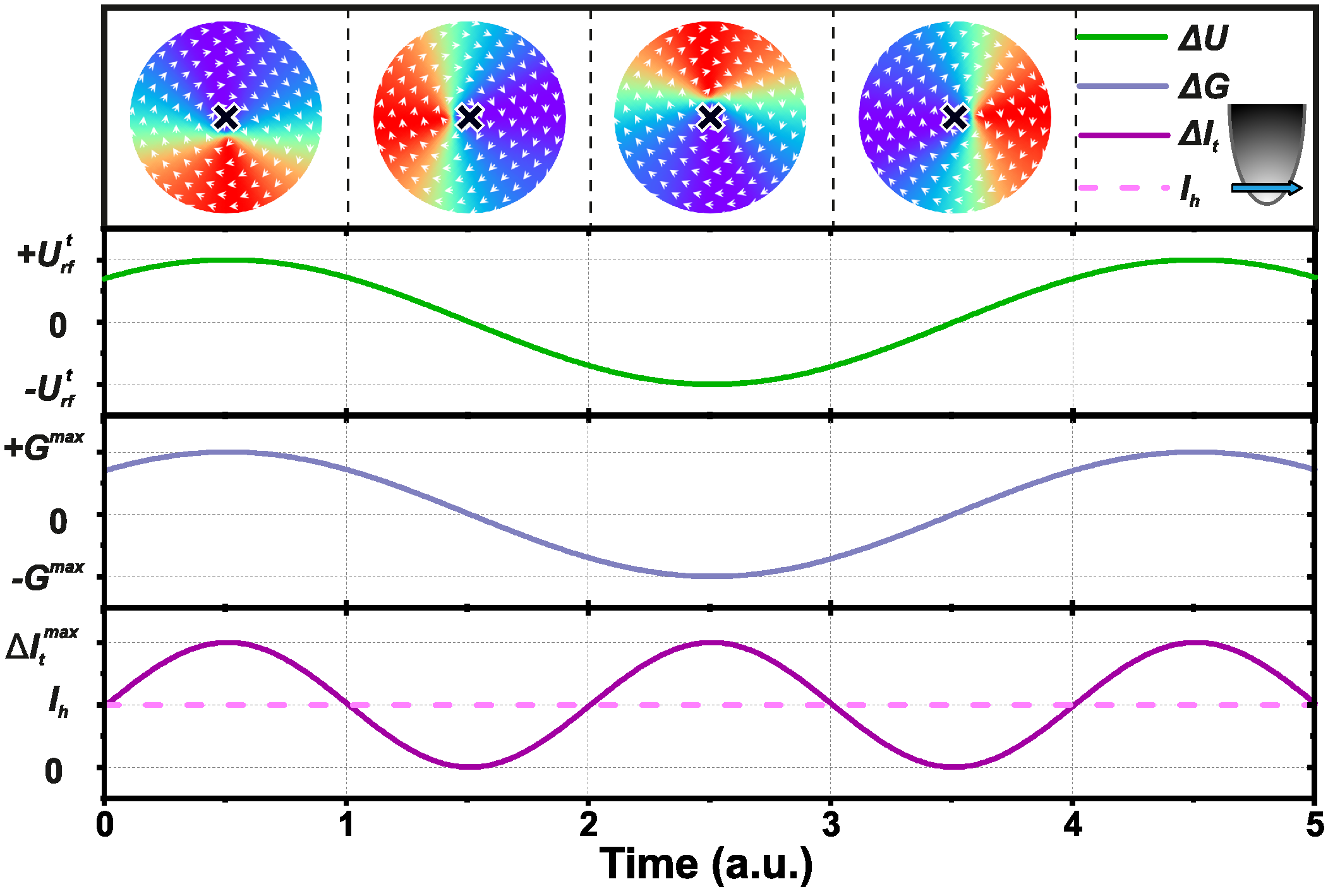
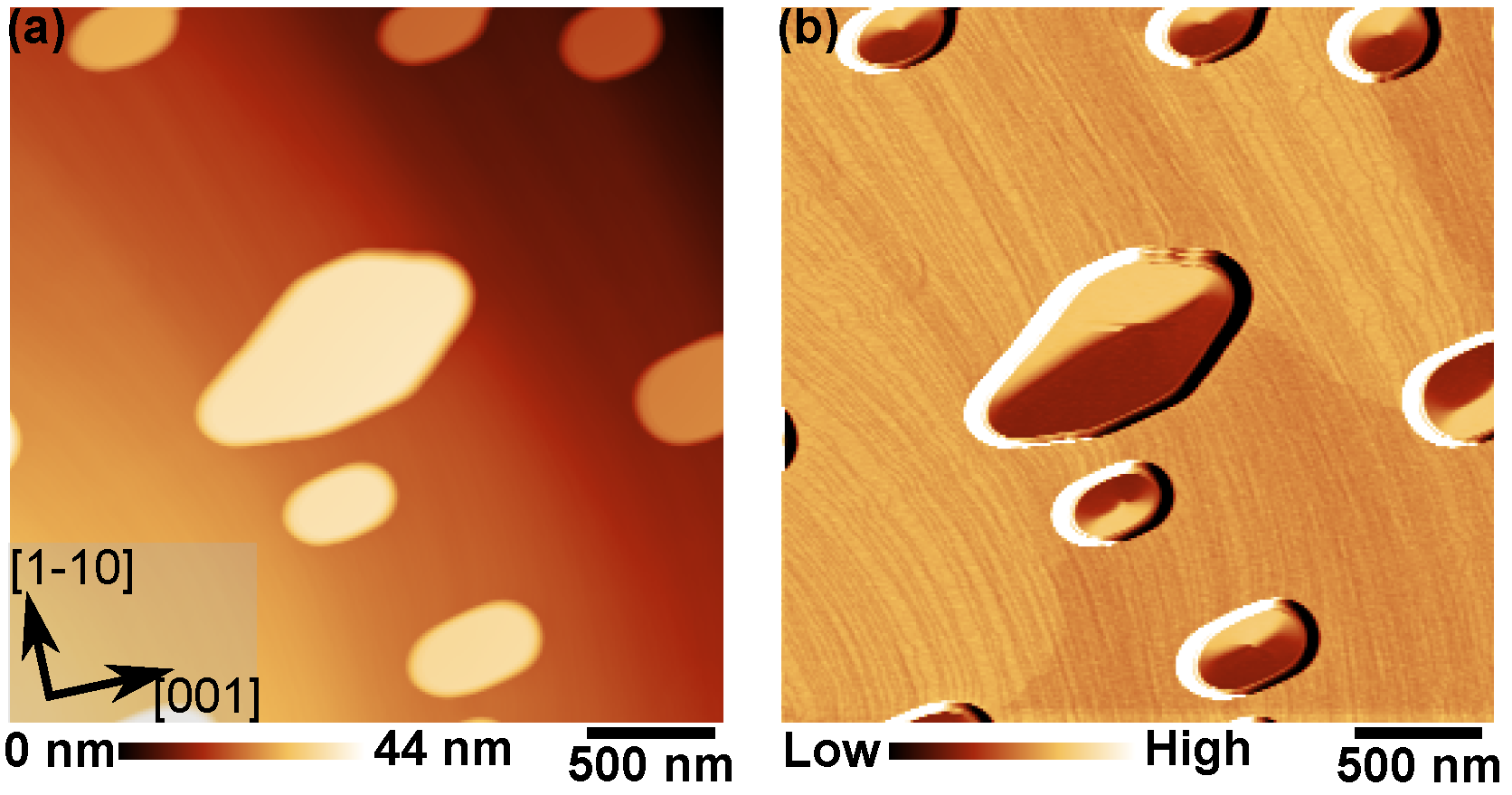
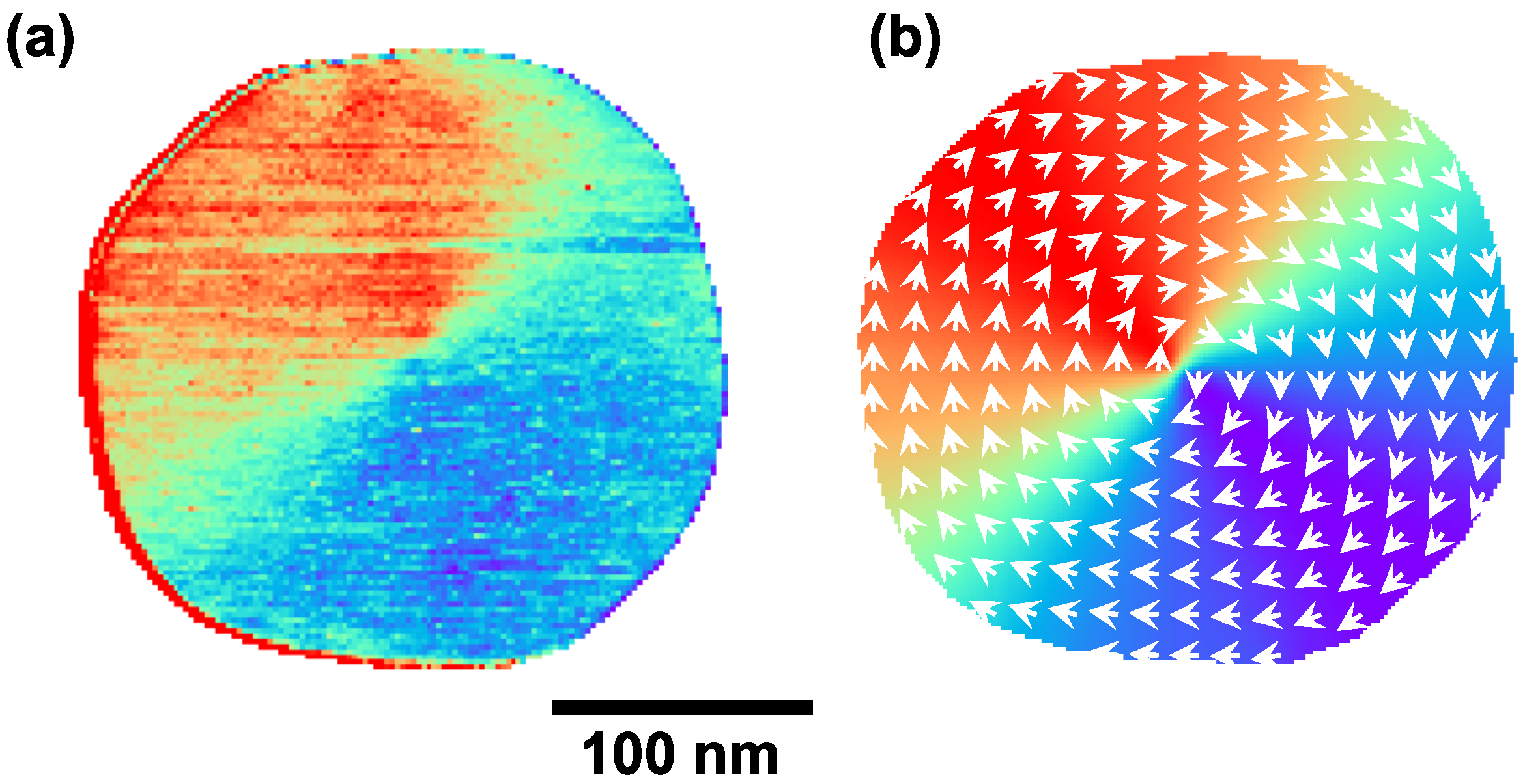
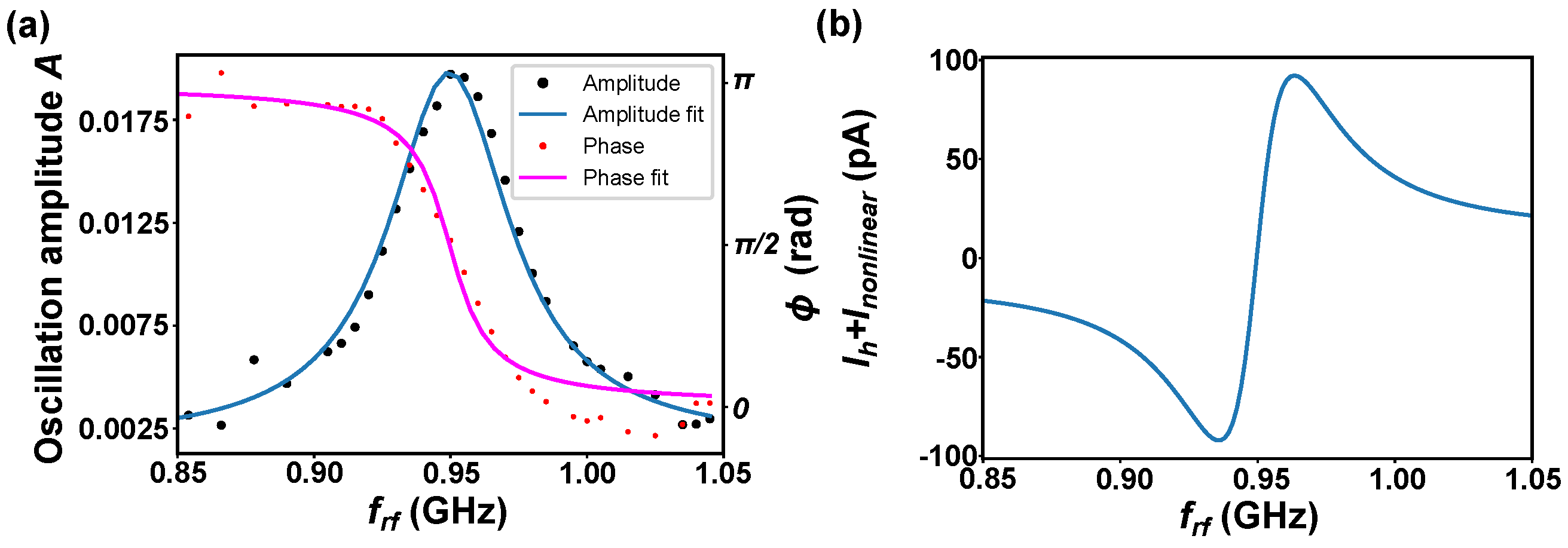
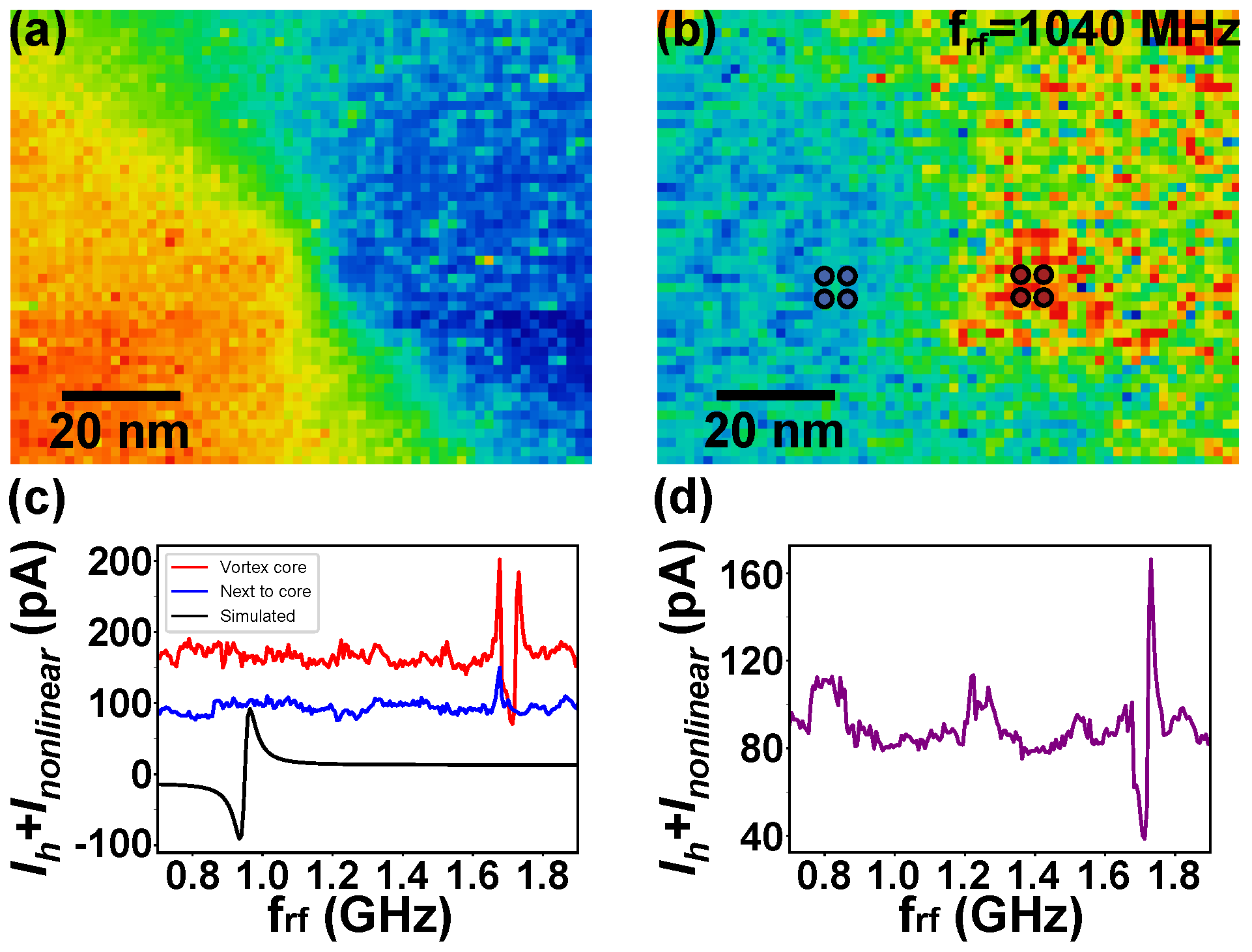
© 2019 by the authors. Licensee MDPI, Basel, Switzerland. This article is an open access article distributed under the terms and conditions of the Creative Commons Attribution (CC BY) license (http://creativecommons.org/licenses/by/4.0/).
Share and Cite
Hervé, M.; Peter, M.; Balashov, T.; Wulfhekel, W. Towards Laterally Resolved Ferromagnetic Resonance with Spin-Polarized Scanning Tunneling Microscopy. Nanomaterials 2019, 9, 827. https://doi.org/10.3390/nano9060827
Hervé M, Peter M, Balashov T, Wulfhekel W. Towards Laterally Resolved Ferromagnetic Resonance with Spin-Polarized Scanning Tunneling Microscopy. Nanomaterials. 2019; 9(6):827. https://doi.org/10.3390/nano9060827
Chicago/Turabian StyleHervé, Marie, Moritz Peter, Timofey Balashov, and Wulf Wulfhekel. 2019. "Towards Laterally Resolved Ferromagnetic Resonance with Spin-Polarized Scanning Tunneling Microscopy" Nanomaterials 9, no. 6: 827. https://doi.org/10.3390/nano9060827
APA StyleHervé, M., Peter, M., Balashov, T., & Wulfhekel, W. (2019). Towards Laterally Resolved Ferromagnetic Resonance with Spin-Polarized Scanning Tunneling Microscopy. Nanomaterials, 9(6), 827. https://doi.org/10.3390/nano9060827



